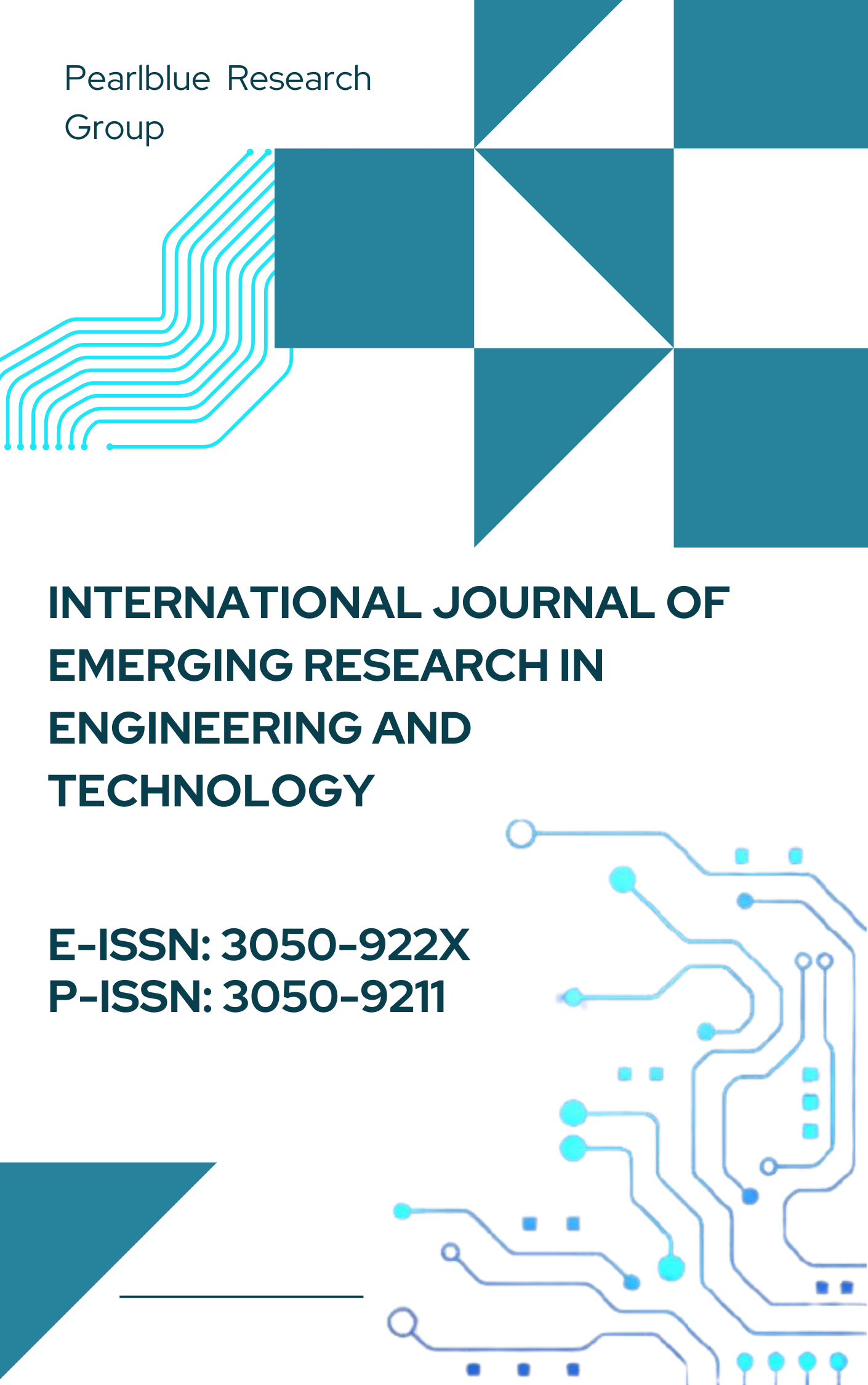Optimizing CI/CD in Healthcare: Tried and True Techniques
DOI:
https://doi.org/10.63282/3050-922X.IJERET-V3I2P104Keywords:
CI/CD, healthcare, continuous integration, continuous delivery, automation, DevOps, HIPAA compliance, GDPR, patient data security, DevSecOps, microservices, healthcare technology, cloud adoption, infrastructure as code, testing automation, pipeline security, digital transformation, healthcare systems, real-time monitoring, healthcare compliance automation, scalability, Kubernetes, data integrity, deployment efficiencyAbstract
In the healthcare industry, efficient and reliable software delivery is essential to meet the ever-growing demands of patient care, regulatory compliance, and evolving technologies. Continuous Integration and Continuous Delivery (CI/CD) have emerged as vital methodologies for healthcare organizations to streamline development workflows, reduce errors, and accelerate the deployment of new features. This article explores time-tested techniques for optimizing CI/CD pipelines in healthcare, focusing on best practices that help overcome common challenges. By implementing automation, improving collaboration across teams, and leveraging tools for automated testing and monitoring, healthcare organizations can enhance system stability, reduce downtime, and ensure rapid, safe software releases. Key strateges include maintaining high standards for code quality through rigorous testing and validation, integrating security checks early in the pipeline, and fostering a culture of continuous improvement to respond quickly to changes in regulations and industry standards. This approach minimizes the risks associated with deployments, helps manage complex legacy systems, and ensures that software updates are delivered consistently without compromising patient safety or data security. Whether dealing with Electronic Health Records (EHR) systems, telemedicine platforms, or other critical applications, these techniques provide a foundation for healthcare organizations to innovate confidently while maintaining regulatory compliance and safeguarding sensitive patient data
References
[1] Toivakka, H. (2021). Integration of EU medical device regulatory requirements into a CI/CD pipeline (Master's thesis).
[2] Nogueira, A. F., & Zenha-Rela, M. (2021). Monitoring a ci/cd workflow using process mining. SN Computer Science, 2(6), 448.
[3] Vadavalasa, R. M. (2020). End to end CI/CD pipeline for Machine Learning. International Journal of Advance Research, Ideas and Innovation in Technology, 6, 906-913.
[4] Belmont, J. M. (2018). Hands-On Continuous Integration and Delivery: Build and release quality software at scale with Jenkins, Travis CI, and CircleCI. Packt Publishing Ltd.
[5] Milioni, A. Z., & Pliska, S. R. (1988). Optimal inspection under semi‐markovian deterioration: The catastrophic case. Naval Research Logistics (NRL), 35(5), 393-411.
[6] Fan, L., & Xiong, L. (2013). An adaptive approach to real-time aggregate monitoring with differential privacy. IEEE Transactions on knowledge and data engineering, 26(9), 2094-2106.
[7] Rejström, K. (2016). Implementing continuous integration in a small company: A case study.
[8] Hukins, G. B. A. (2012). Strategic Management for Cost Efficient Health Care in the Steelmed Medical Aid. University of Johannesburg (South Africa).
[9] Sharma, V., & Gupta, N. (2015). Systematic literature review of quality management in healthcare organisations: exploring and organising extant research using nVivo. International Journal of Services and Standards, 10(1-2), 2-16.
[10] Pesola, J. (2016). Implementing Continuous Integration in a Small Company: A Case Study.
[11] Ambler, S. W., & Lines, M. (2012). Disciplined agile delivery: A practitioner's guide to agile software delivery in the enterprise. IBM press.
[12] Gao, R., & Jiang, Z. M. (2017, May). An exploratory study on assessing the impact of environment variations on the results of load tests. In 2017 IEEE/ACM 14th International Conference on Mining Software Repositories (MSR) (pp. 379-390). IEEE.
[13] Fan, L., & Xiong, L. (2012). Adaptively sharing time-series with differential privacy. arXiv preprint arXiv:1202.3461.
[14] Sculpher, M. J. (1996). Economic evaluation of minimal access surgery: The case of surgical treatment for menorrhagia. The Health Economics Research Group.
[15] Hsieh, G. (2000). Comparative analysis of state capitation rate setting methods. The Johns Hopkins University.



